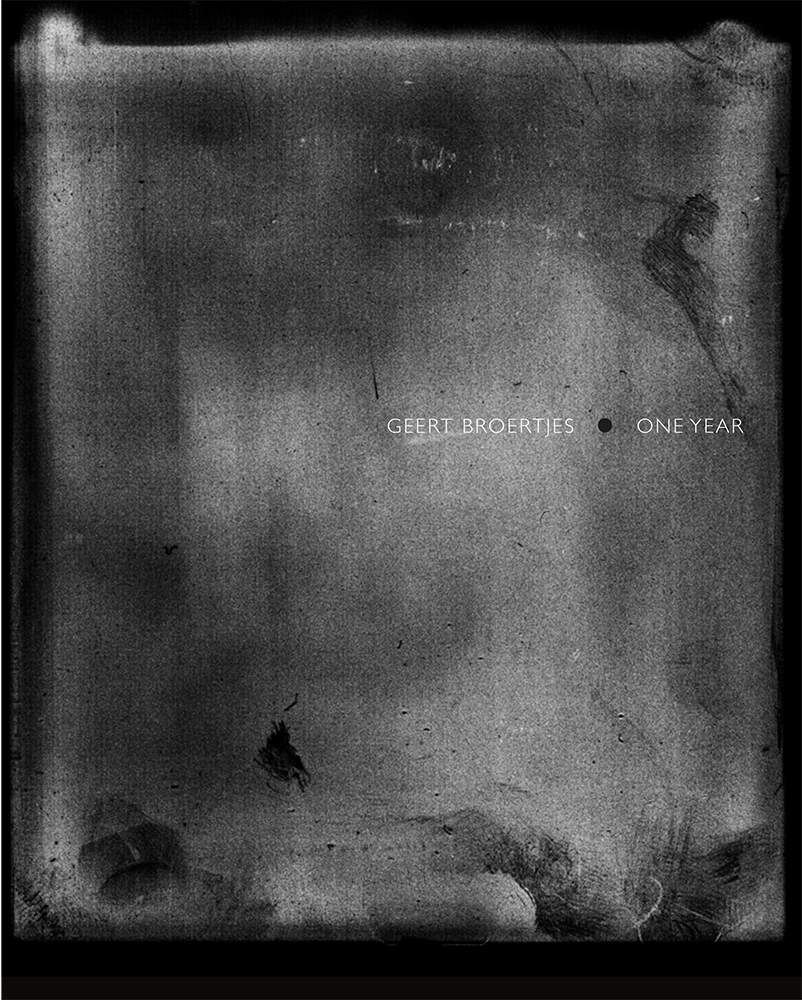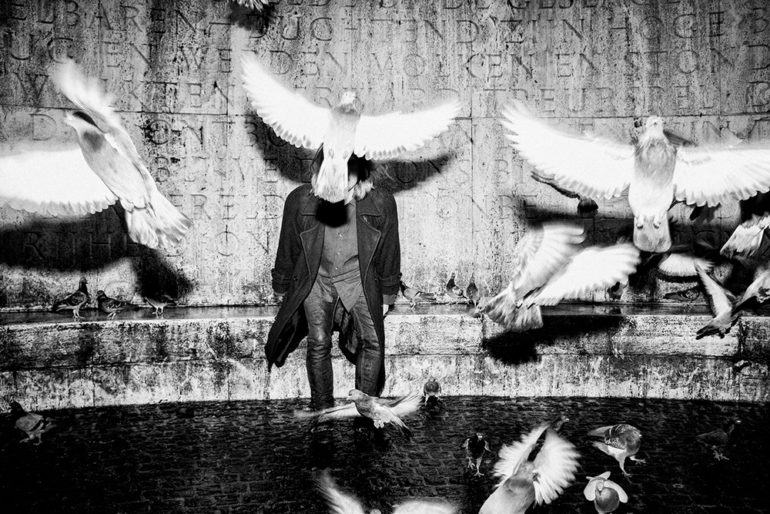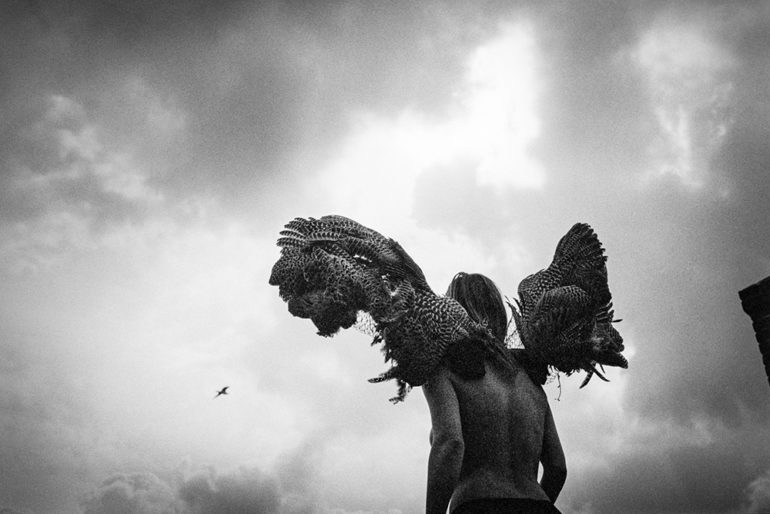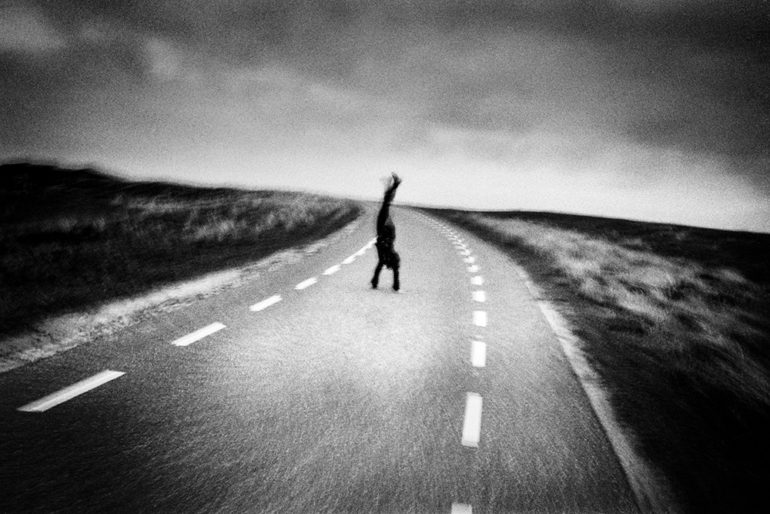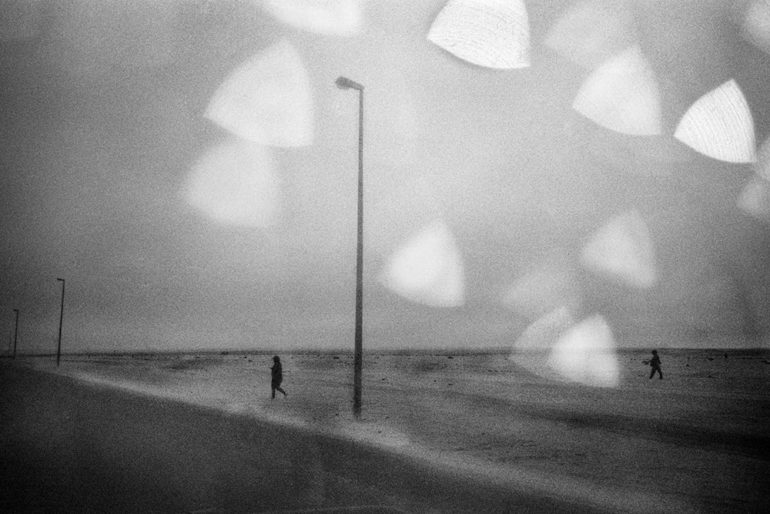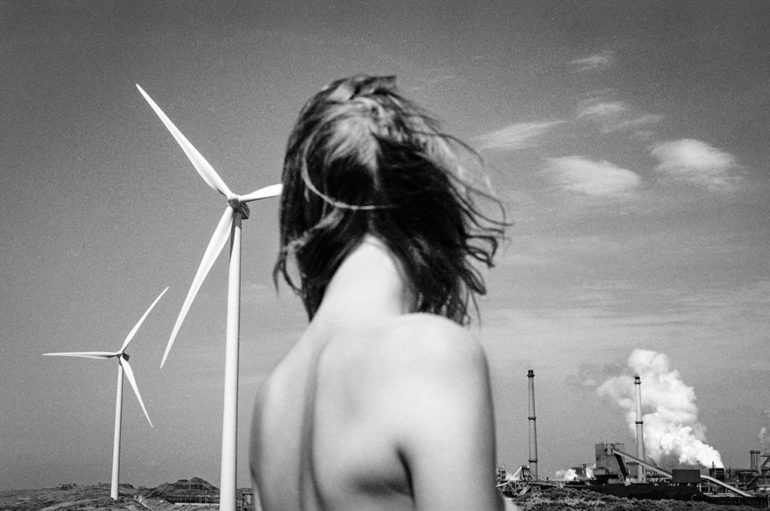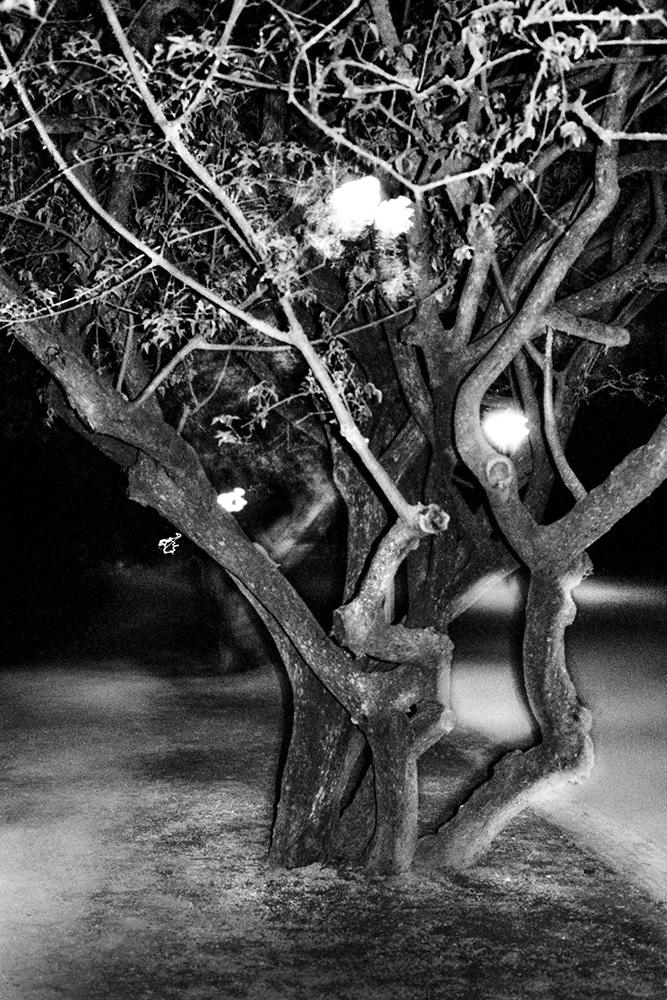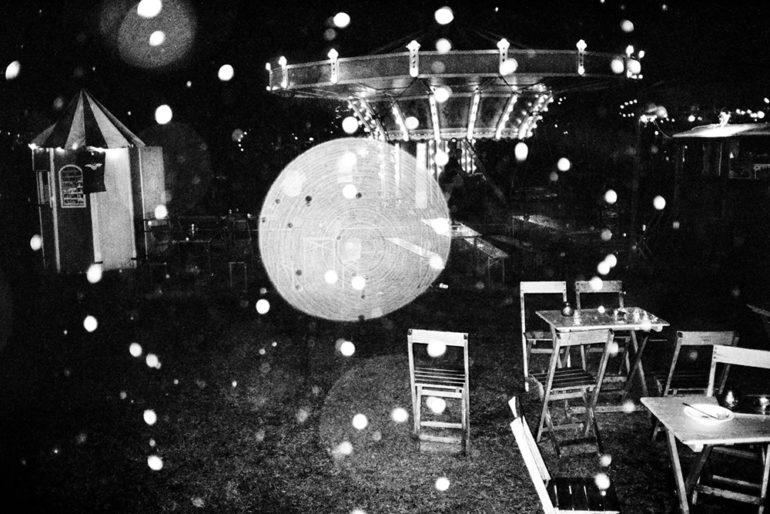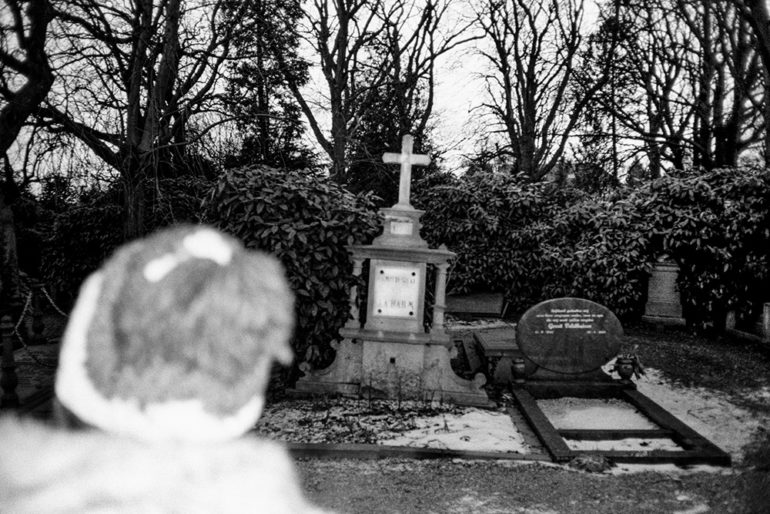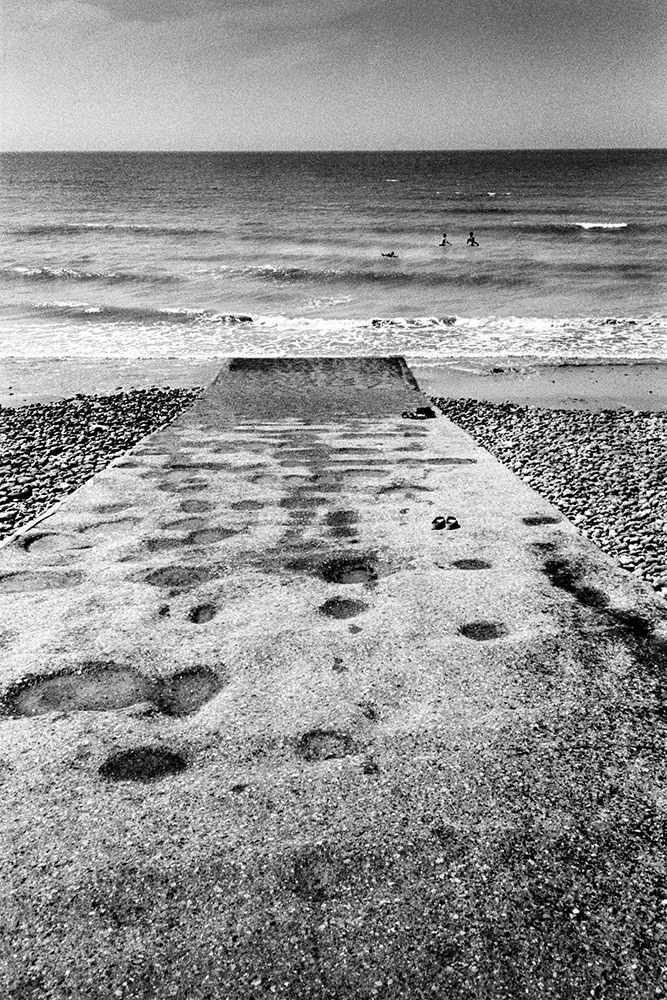In his deeply emotional photo book, Geert Broertjes shows us how photography makes for a powerful tool not only for storytelling but also for coping with loss and grief.
“If it’s personal you can’t do anything wrong. It’s your way of dealing with life. That is different for everyone, so there is no right or wrong,” said Amsterdam-based Geert Broertjes on what guided him as he put together One Year, a poetic visual story about love, loss, and grief. In just a span of the titular year, he lost the most important women in his life: his aunt, grandmother, and mother passed away. Months following his mother’s passing saw the end of his intense relationship with his girlfriend, with whom he shared his grief. Such powerful themes, indeed, can only be guided by the deeply personal. This, Broertjes chose to carry out by shooting in raw black and white film photos.
How does one cope with such big loves and even bigger losses in a short span of time? What do the moments passing in between the moments of bliss and pain look like? Broertjes was able to photograph these instinctively, only realizing later that he was already telling his own story bit by bit. Even his choice to shoot in black and white film, initially as a form of therapy, involved walking the streets “purely guided by feeling, without thinking and just looking around.”
In this in-depth interview, Broertjes tells us more about the personal details and circumstances that surrounded the titular year of his book, his own feelings and insights about photography, and how all of these came together and culminated in his poignant book.
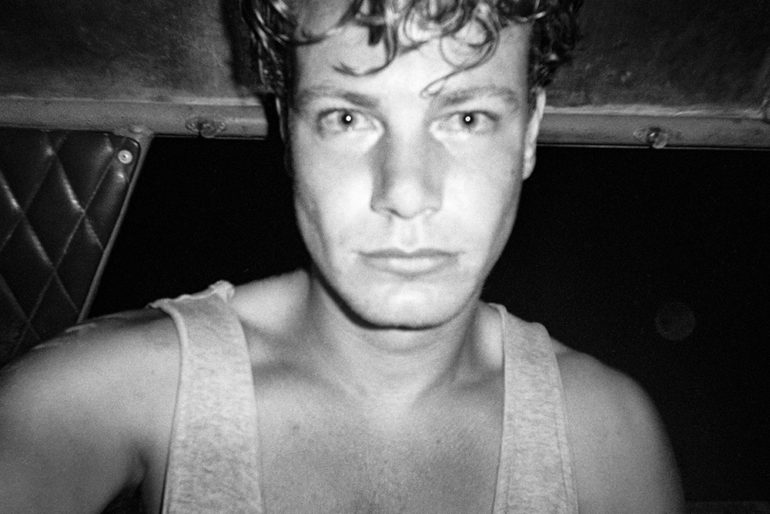
Phoblographer: Can you tell us something about yourself and what you do?
Geert Broertjes: I grew up in Amstelveen, a suburb of Amsterdam, together with my sister and parents. My father was a primary school teacher and my mother took care of us and later went to work at the theater in Amstelveen. We had just enough money to live “normally.” But the most important thing was, that I had a loving childhood. Everything could be discussed. A few things they have taught me are not to have prejudices, to have understanding and empathy for people, to always be there for your family and friends if they need you, to be honest to yourself and to others, to look at the world with an open mind. And most importantly, enjoy the little things in life!
I am very grateful for the way I am raised. That has made me the person I am today. Unfortunately, both my parents died too young but the things they taught me will be with me forever.
Phoblographer: How did your journey in photography begin? How did you discover and settled on the kind of photography that you wanted to do?
Geert Broertjes: This fascination began at an early age when I was traveling with my parents through Europe. I could use the old camera from my grandmother and I was immediately intrigued by this medium. When I finished high school I actually wanted to go to the art academy or photo academy. But at that age, I wasn’t really sure what I wanted to do. The possibilities were endless, then I decided to start studying Media and Marketing. Those were five very wild and fun years. I learned little and partied, worked and traveled a lot. I needed that time to discover that this was really not what I wanted to live my life and that my love for photography was still there. At the end of the day, I’m happy that I didn’t start doing photography right after high school.
When I started at the photo academy I knew for sure that I wanted to go for it. When I started, I thought I wanted to become a war photographer. I thought it would be nice to be able to see and capture humanity in fierce bizarre situations. But I soon realized that I am not a real “documentary” photographer. Most of the photos that I take are not staged, so in that sense they are documentary. After a few years, I found out that I find it difficult to tell someone else’s story. No matter how much empathy you have for people, you can never know how that person really experiences life. Everyone experiences the same situation from his or her perspective, we are all alone in that.
So I started to photograph my own daily life. Moments that were special to me, that I didn’t want to forget. Not with a specific purpose, but because I wanted to capture the emotion that I had at that time in images. Since then my work evolved into a poetic, melancholic and romantic version of reality.
Phoblographer: Please tell us about your book titled One Year. What made you decide to take on this photography project?
Geert Broertjes: At the end of my previous study, I did an internship in Cape Town. I was drinking beer after work when I got a call from my mother that she had gone to the hospital and was told that she had cancer. The doctors hoped they could cure it, but nothing was certain.
My mother was sick during my entire studies at the photo academy. We lived between hope and fear. It took five years before her body stopped and she died, just before I graduated from the photo academy.
At the start of the study, I got my own house in the middle of Amsterdam and I fell in love with Tessel. Tessel is an art painter. She is a free spirit that goes through life like a butterfly. I was intrigued by her, how she stood in life, what she did. Everything!
We got into a relationship. In the meantime, my mother was sick, in and out of the hospital. She received various treatments, chemotherapy, radiation treatments, and intense medication because she had a special skin disease that was associated with cancer. Sometimes, the treatments were successful and sometimes not. In retrospect, I sometimes think about how it was possible that she could handle all of that and still remain so positive. But because of that positivity, there was also hope — hope that it would be all right.
During this process, I discovered that photography is like meditation for me. When I felt miserable, I went out into the street with my camera and walked around purely guided by feeling, without thinking and just looking around. This allowed me to forget everything. I could also forget the situations at home when I was Tessel. If the two of us went on an adventure through Amsterdam or with her old fire truck for the weekend to the beach, or Berlin. It didn’t matter where. I always had my camera with me and photographed everything. Not knowing why and without a special purpose.
The year when my aunt, grandmother, and mother passed away and I had graduated, I realized that the pictures I had taken told a story. It was my story about loss and love and how these two different emotions can co-exist during an intense period.
Phoblographer: Why did you choose to do One Year on film? Can you share with us what camera and film that you used, and how it helped you achieve your creative vision for the project?
Geert Broertjes: At the photo academy we learned to work with digital cameras. But one of my teachers showed his work that was photographed in the analog way. I thought that was so beautiful — the grain, the intense black and highlights, but also the colors of film were more realistic. With digital photography, you have to do so much post-processing before you get the result you want. Then, I asked if we could be taught how to develop a film. After the first film, I was sold. I darkened my bathroom and started to develop film. Later, when I had a studio I also started making prints in the darkroom.
The magic of analog is that you never know for sure what the result will be. I bought old defective cameras on ebay, like the Agfa synchro box, Olympus mju-II (my favourite camera), 4×5 inch pinholes, later on, the Contax G2, and started taking photographs. The “mistakes” that the different cameras make, I find the most interesting. If you know which errors they have, you can apply their look to your images.
Also, when I shoot on film, I look at things much better. With digital cameras, you first take a photo and then you start thinking. With 35mm film you only have 36 photos, and this makes you take pictures much more consciously. Another advantage is that if you take a photo of a person you can’t show it immediately. The person is therefore not aware of what he or she looks like. Because of this, you get much more contact, and you are not only busy with photography but much more focused on what someone says and does.
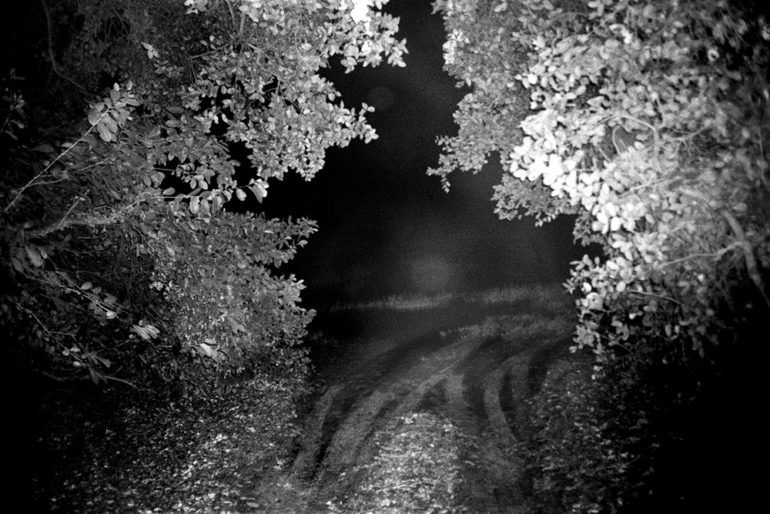
Phoblographer: What was it like planning and conceptualizing this project? What were the key ideas that served as your guide?
Geert Broertjes: During the World Press Portfolio days in 2016 I met Maarten, my publisher. I showed him a large selection of photos from the period I had experienced. It was far from finished, but he was so impressed with the images. The feeling he got, a melancholic story about love, loss, and hope was exactly what I wanted to express. He said, “I want to make a book out of this.” I couldn’t believe he was serious at first. “But first write down the story. What do you want to show and what do you want to tell?” So with that assignment, I went home. Two years have passed and I was unable to write anything down. Then, I met him again in Arles. He said, “When are we going to make that book?” Then, I felt that I was ready. I think that everything that happened had to be processed before I could really start working on this book.
I regularly went to meet Maarten and talk about the book, the content, the photos, the text, everything that is in a book. Then, I went to work with Victor. He is a book designer with whom Maarten works a lot. We had three days in a row to see all the photos and make a first layout. Those were very special and intense days. Victor is a very nice man to work with and sees combinations that I could never have imagined.
Eventually, I wrote the text in my father’s backyard, a week before the book was going to be printed. I wrote it down within two hours. The story was in my mind all the time but it took three years before I could actually write it down.
I think there is no manual for creating personal projects. Everyone does it his or her way. There is no right or wrong. All you have to do is follow your feelings and believe in yourself.
Phoblographer: What did you find to be the most challenging or difficult part about working on a deeply personal and emotional project such as One Year? How did you prepare for it?
Geert Broertjes: I am someone who does everything based on feeling. I have been making decisions this way all my life. I don’t know how and why, but things have always gone well so far. I am not someone who worries about things that you cannot influence. I feel whether something is right or not and I trust that. I think when you are ready for the next step in your life, it will come your way.
I have never really prepared anything for this project. At least not while photographing it. Of course, you have to plan things if you are actually going to print a book. There must be money for financing the printing of the book. Nowadays, it is no longer the case that the publisher pays for everything, but a portion. I had to pay for the rest myself. I did this through a crowdfunding promotion where the book and / or prints were sold. A friend of mine helped plan the crowdfund. It was an intense month, because if you do not reach the amount, everything will be refunded. So the pressure is high, and you really have to push people. Something I’m not exactly good at! But in the end it worked out and pre-sold the book enough to cover the amount I needed.
Phoblographer: “There is no manual that tells you how to cope with grief and loss. It’s something intangible, it overwhelms you and takes you along with it,” you wrote on your book. Did putting together the book help you in any way in terms of coping with grief and confronting related issues?
Geert Broertjes: Hell yes! Making this book was very important to me. By making and publishing this book I have been able to “close” that period in my life. By “close” I mean that the photos get a place, something touchable, which is there forever. The loss will always stay there and I don’t mind; actually, I sometimes like it. It means that you have loved someone who has been special to you. Without sorrow there can be no joy. It belongs to life, so embrace it.
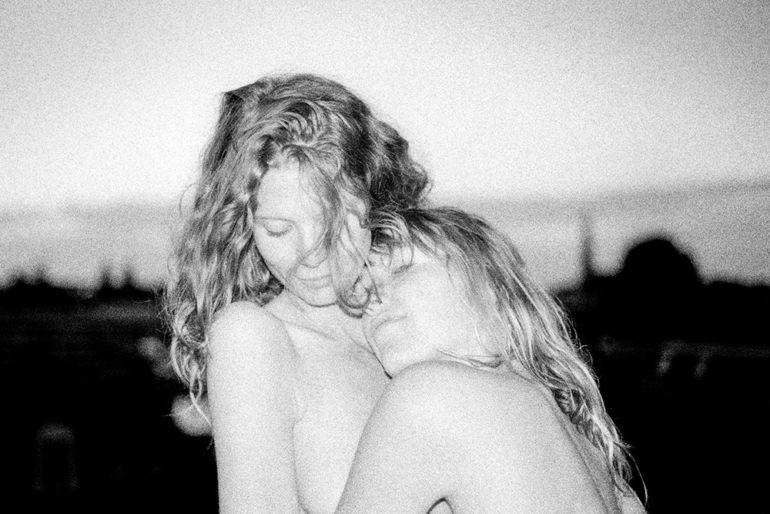
Phoblographer: Which image from the book resonated the most with you and why?
Geert Broertjes: The image of the two young women holding each other. The girl on the right is my ex-girlfriend Tessel and the left is one of her best friends.
This photo is special to me because it shows so much love and friendship. Something that are for me are two key elements in life. Besides, this was an evening that I will never forget. A sultry summer evening on the roof of Tessel’s studio. My mother was very sick at that time but that one evening, I could forget everything and enjoy life for a brief moment.
Phoblographer: What is the most important lesson that you learned while doing the project, and thus you hope viewers of your book can learn in turn?
Geert Broertjes: Believe in what you have to say. Because if it’s personal you can’t do anything wrong. It’s your way of dealing with life. That is different for everyone, so there is no right or wrong. Stay true to yourself and do not be influenced by people.
Phoblographer: Lastly, do you have any advice for photographers who want to tackle deeply personal topics and experiences and transform them into emotive visual stories?
Geert Broertjes: If you make personal projects, whether that is photography or another medium, I think one of the most important things is to take time. Time is something weird, sometimes the days, weeks and months seem to pass quickly and sometimes time stands still. You change over time, you start to think differently about things, you have new insights, your emotions change. Use that! It is going to make your personal story stronger.
Visit Geert Broertjes’ website to see more of his work, and Schilt Publishing to grab a copy of One Year.


